Home>Interior Design>Scandinavian Decor: 10 Nordic Design Principles To Know
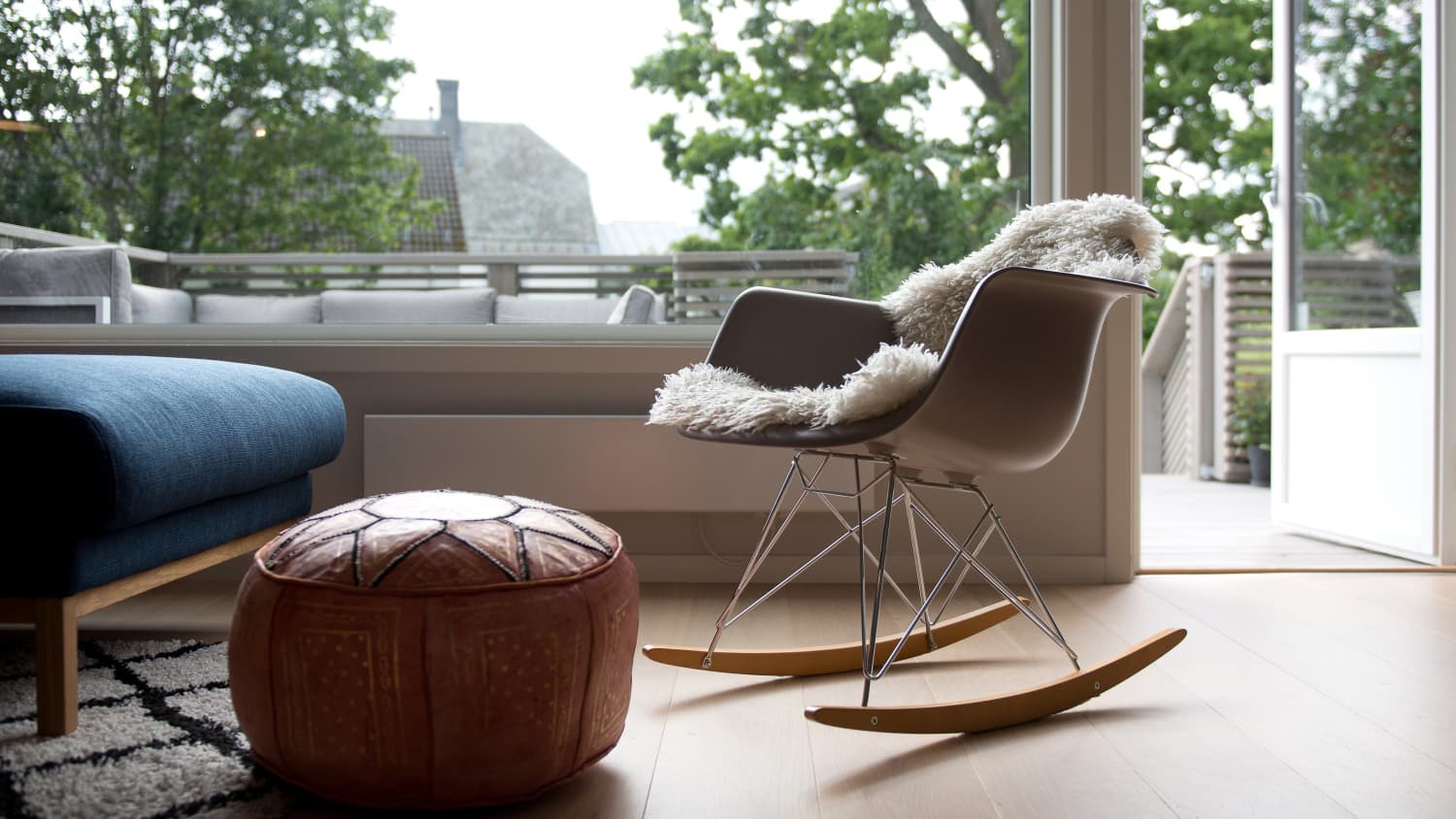

Interior Design
Scandinavian Decor: 10 Nordic Design Principles To Know
Modified: October 29, 2024
Learn the principles of Scandinavian decor and incorporate Nordic design into your own interior design projects. Discover 10 key principles for achieving the minimalist yet cozy aesthetic of Scandinavian style.
(Many of the links in this article redirect to a specific reviewed product. Your purchase of these products through affiliate links helps to generate commission for Storables.com, at no extra cost. Learn more)
Introduction
Scandinavian decor has gained immense popularity in recent years for its simplicity, functionality, and minimalistic aesthetics. This design style, rooted in the Nordic region, embraces a clean and clutter-free approach while incorporating elements of nature and light. From its humble beginnings in the early 20th century, Scandinavian design has grown into a global phenomenon, influencing interior design trends around the world.
At its core, Scandinavian design emphasizes the idea of “less is more.” It is focused on creating spaces that are functional, visually pleasing, and comfortable. The goal is to create an environment that promotes relaxation, well-being, and a sense of harmony.
In this article, we will explore 10 key principles of Scandinavian design that you should know. From minimalism to natural materials and from cozy textures to an emphasis on natural light, these principles will help you transform your space into a serene Scandinavian retreat. So, let’s dive in and discover the secrets of Nordic design!
Key Takeaways:
- Embrace the simplicity and functionality of Scandinavian design by decluttering, incorporating natural materials, and maximizing natural light to create a serene and harmonious interior that promotes well-being and tranquility.
- Infuse your space with coziness, warmth, and a connection to nature by incorporating soft textures, organic elements, and sustainable practices. Let natural light and clean lines transform your home into a timeless Scandinavian retreat.
Minimalism
Minimalism is one of the defining features of Scandinavian design. It revolves around the concept of simplifying and decluttering your space to create a sense of calm and openness. The mantra of “less is more” is at the heart of this principle.
In a minimalist Scandinavian interior, you will find clean lines, sleek furniture, and a lack of unnecessary ornamentation. The focus is on creating a visually uncluttered environment where every element serves a purpose.
To embrace minimalism, start by decluttering your space. Clear out any items that you no longer need or use, and keep only the essentials. Streamline your furniture and accessories to create a more spacious and serene atmosphere.
When it comes to furniture, opt for pieces that are simple and functional. Clean-lined sofas, chairs, and tables with a neutral color palette are key elements of minimalist Scandinavian interiors. Remember, it’s about quality over quantity, so invest in durable and well-crafted furniture pieces that will stand the test of time.
To enhance the minimalist aesthetic, focus on creating a sense of openness and flow. Remove any unnecessary dividers or walls and let the space breathe. This will allow natural light to fill the room, creating a bright and inviting atmosphere.
In terms of color, minimalism in Scandinavian design often leans towards a neutral palette with pops of color sparingly used. Whites, grays, and beiges dominate the color scheme, providing a clean backdrop for other design elements to shine. If you do incorporate color, opt for soft and muted tones to maintain a sense of calm and simplicity.
Lastly, pay attention to the details. Minimalist Scandinavian design celebrates the beauty of simplicity, so choose accessories and artworks that are carefully curated. Each piece should add to the overall aesthetic without overpowering the space.
By embracing the principle of minimalism, you can create a Scandinavian-inspired interior that exudes serenity and elegance. From the furniture to the color scheme, every element should contribute to a sense of simplicity and tranquility. So, declutter, simplify, and let the beauty of minimalism transform your space.
Functionality
Functionality is a cornerstone of Scandinavian design. The concept revolves around creating spaces that are not only visually pleasing but also highly practical and efficient. Scandinavian interiors are known for their smart, multifunctional designs that maximize the use of every inch of space.
To embrace functionality in your Scandinavian-inspired decor, think about how you can optimize the layout of your space. Consider the activities that will take place in each room and arrange furniture and accessories accordingly. Keep pathways clear and ensure that everything has a designated place.
One way to enhance functionality is through the use of storage solutions. Scandinavian design often incorporates built-in storage units and clever organization systems to keep spaces tidy and clutter-free. Utilize shelving, cabinets, and hidden storage options to create a sense of order and maximize space efficiency.
In terms of furniture, choose pieces that serve multiple purposes. Sofas that convert into beds, coffee tables with built-in storage, and ottomans with hidden compartments are examples of multifunctional furniture commonly found in Scandinavian design. These pieces allow you to make the most of your space without sacrificing style or comfort.
Lighting also plays a crucial role in functionality. Scandinavian design relies heavily on natural light to create a warm and inviting atmosphere. Maximize the amount of natural light coming into your space by keeping windows unobstructed and using sheer curtains or blinds. Additionally, incorporate layered lighting with a mix of ambient, task, and accent lighting to ensure that your space is well-lit and functional in all situations.
When it comes to choosing materials, opt for durable and easy-to-maintain options. Scandinavian design prioritizes practicality, so materials like wood, leather, and metal are commonly used. These materials not only withstand the test of time but also add a touch of warmth and texture to the space.
Overall, functionality in Scandinavian design is about creating spaces that are efficient, organized, and adaptable to your needs. By carefully considering layout, incorporating smart storage solutions, and maximizing natural light, you can create a functional and beautiful Scandinavian-inspired interior that harmonizes style and practicality.
Natural Materials
Embracing the beauty of nature is a fundamental aspect of Scandinavian design. This design style emphasizes the use of natural materials to bring warmth, texture, and a sense of connection to the outdoors into your space.
Wood is one of the primary materials used in Scandinavian interiors. Whether it’s light or dark, the natural grain and warmth of wood add a sense of coziness and sophistication to the room. From hardwood floors to exposed wooden beams and furniture, incorporating wood elements creates a harmonious and organic feel.
Another popular natural material in Scandinavian design is leather. Leather upholstery on sofas and chairs adds a touch of luxury and durability to the space. Opt for well-crafted leather pieces that will age beautifully over time, enhancing the overall aesthetic of your Scandinavian-inspired interior.
In addition to wood and leather, other natural materials such as stone, wool, and linens are commonly used. Stone accents, like a fireplace or a statement wall, add a touch of earthiness and visual interest to the room. Incorporating natural textures through wool or linen rugs, pillows, and curtains adds depth and cosiness to the space.
When choosing natural materials, focus on sustainability and eco-friendliness. Scandinavian design values conscious consumption and embraces organic and sustainable choices. Look for items made from ethically sourced and environmentally friendly materials. Consider second-hand or vintage furniture pieces that can be repurposed, embodying the principles of recycling and repurposing.
Pay attention to the craftsmanship and quality of the materials used. Scandinavian design celebrates well-crafted, timeless pieces that can be passed down through generations. Investing in high-quality natural materials ensures that your interior will not only look beautiful but also stand the test of time.
Finally, don’t forget to bring in living elements from nature, such as plants and flowers. Adding greenery to your Scandinavian-inspired space not only enhances the aesthetic but also improves air quality and creates a sense of tranquility. Choose low-maintenance houseplants that thrive in indoor environments to bring a touch of nature indoors.
By incorporating natural materials into your Scandinavian design, you can create a space that is in harmony with the environment. From the warmth of wood to the textural beauty of stone and the durability of leather, these materials add a sense of natural elegance and create a connection to the outdoors within your home.
Light and Airy Color Palette
A light and airy color palette is a hallmark of Scandinavian design. This color scheme is essential in creating a bright and welcoming atmosphere that maximizes the use of natural light.
White is often the dominant color in Scandinavian interiors. It serves as a blank canvas, allowing other design elements to stand out and creating a sense of spaciousness. White walls, ceilings, and furniture create a clean and fresh backdrop that reflects light throughout the space.
To add depth and visual interest to the room, incorporate various shades of white, such as off-white or creamy hues. These subtle variations in white tones create a soft and nuanced palette, adding warmth without compromising the overall lightness of the space.
In addition to white, soft pastel colors are commonly used in Scandinavian design. Light blues, pale pinks, and gentle greens resemble the colors of the Nordic landscape, evoking a sense of tranquility and serenity. These delicate hues can be incorporated through accessories, textiles, or even as accent walls to add a touch of color and create visual interest.
To create a cohesive and harmonious look, choose a limited color palette and stick to it throughout the space. This ensures a sense of continuity and simplicity. Incorporate pops of color sparingly, allowing them to stand out and make a statement against the predominantly light and airy backdrop.
When it comes to flooring, light-colored wood is often favored in Scandinavian design. It adds warmth and natural beauty, while also contributing to the overall brightness of the space. Light oak or birch floors provide a seamless transition from the walls to the floor, enhancing the sense of openness.
To make the most of natural light, keep window treatments minimal. Opt for sheer curtains or blinds that allow light to filter through while still providing privacy when needed. Avoid heavy drapes or bulky window coverings that can obstruct light and make the space feel smaller.
The light and airy color palette in Scandinavian design not only maximizes natural light but also creates a sense of calm and tranquility. It allows other design elements, such as natural materials and textures, to shine and truly stand out. So, embrace the beauty of a light color palette and let it transform your space into a serene Scandinavian oasis.
Read more: What Is Scandinavian Home Decor
Coziness and Hygge
Coziness and hygge (pronounced “hoo-gah”) are integral to Scandinavian design. These concepts emphasize creating a warm and inviting atmosphere that promotes relaxation and a sense of well-being.
Hygge is a Danish word that encompasses a feeling of coziness, contentment, and enjoying the simple pleasures of life. It is about creating a comfortable and welcoming space where you can unwind and connect with loved ones.
To embrace coziness and hygge in your Scandinavian-inspired decor, start by incorporating soft and plush textiles. Use comfortable cushions, cozy blankets, and luxurious rugs to create an inviting and snug atmosphere. Opt for natural materials like wool or faux fur for that extra touch of warmth and texture.
Candlelight is another essential element of hygge. Soft, warm lighting from candles brings a sense of intimacy and tranquility to the space. Place them strategically throughout your room, on coffee tables, shelves, or windowsills, to create a warm and inviting ambiance.
Incorporate natural elements that evoke a sense of comfort and serenity. Wooden accents, such as a rustic coffee table or a handcrafted sideboard, add a touch of warmth and nature to the space. Display natural materials like dried flowers, branches, or stones to bring a sense of the outdoors inside.
Create cozy nooks and reading corners where you can curl up with a book or indulge in a moment of relaxation. Use comfortable seating, soft lighting, and a warm throw to make these spaces inviting and inviting. Surround yourself with items that bring you joy, such as favorite books or sentimental objects.
Don’t forget the importance of scent in creating a cozy atmosphere. Use scented candles or essential oil diffusers with fragrances that promote relaxation, such as lavender or vanilla. The comforting aroma will enhance the overall atmosphere of coziness and relaxation.
Lastly, embrace the idea of slowing down and enjoying the present moment. Incorporate elements that encourage relaxation, such as a meditation corner or a cozy reading nook. Disconnect from technology and indulge in activities that promote mindfulness and well-being.
By incorporating these elements of coziness and hygge into your Scandinavian design, you create a space that promotes relaxation, comfort, and a sense of well-being. Embrace the simple pleasures of life, surround yourself with items that bring you joy, and create a sanctuary where you can truly unwind and recharge.
When incorporating Scandinavian decor, focus on simplicity, natural materials, and functionality. Embrace minimalism, neutral colors, and plenty of natural light to create a serene and inviting space.
Textures and Layers
Textures and layers are key elements of Scandinavian design that add depth and visual interest to your space. By incorporating different textures and layering materials, you can create a cozy and inviting atmosphere that is uniquely Scandinavian.
One way to introduce textures is through textiles. Incorporate a variety of soft and tactile fabrics like chunky knit blankets, fluffy pillows, and woven rugs. These cozy textures not only add comfort but also create a sense of warmth and visual depth to the space.
Layering textiles is another technique used in Scandinavian design. Experiment with different combinations of materials and patterns. For example, mix up cushions in various sizes and textures on your sofa or layer rugs of different sizes and patterns to create a dynamic and inviting look.
Wood is also an important texture in Scandinavian design. Incorporate wooden elements such as furniture, flooring, or accent pieces to add warmth and natural beauty. The smooth or rough texture of wood adds depth and visual interest to the room, creating a seamless blend with other textures.
Experiment with contrasting textures as well. Combine smooth surfaces with rough ones, like pairing a sleek leather chair with a chunky woolen throw. This juxtaposition adds an element of visual intrigue and sophistication to your space.
Fur or faux fur accents are a popular choice for adding texture in Scandinavian design. Whether it’s a fur rug or a fluffy fur pillow, these elements bring a touch of luxury and coziness to the room. They also provide a beautiful contrast to the clean lines and minimalistic aesthetic of Scandinavian design.
Incorporating natural textures is not limited to fabrics and materials. Don’t forget about the visual textures found in artworks or decorative objects. Display artwork or sculptures with interesting textures, such as a textured canvas or a handcrafted ceramic vase. These pieces can add character and depth to your space.
Remember to keep a balance by not overwhelming the room with too many textures. Select a few key pieces or areas to highlight, ensuring that they complement and enhance the overall aesthetic of your space.
By incorporating textures and layers into your Scandinavian design, you can transform your space into a visually captivating and inviting haven. Experiment with different fabrics, mix and match textures, and embrace the natural beauty of wood and fur. These elements will add depth, warmth, and a cozy feel to your Scandinavian-inspired interior.
Nature-Inspired Elements
Nature is a constant source of inspiration in Scandinavian design. Drawing from the beautiful landscapes of the Nordic region, incorporating nature-inspired elements allows you to bring the outdoors inside and create a harmonious connection with the natural world.
One way to incorporate nature-inspired elements is through the use of botanical motifs. Include prints or patterns that feature leaves, flowers, or branches on textiles such as curtains, pillows, or wallpaper. These patterns add a sense of freshness and liveliness to your space, evoking the beauty of the natural world.
Another way to bring nature indoors is by incorporating natural materials like stone, rattan, or jute. Use these materials in furniture, lighting fixtures, or accessories to infuse your space with an organic and earthy feel. The varied textures and tones of these materials add visual interest and create a sense of authenticity.
Plants play a significant role in Scandinavian design as well. Introduce indoor plants to your space to add life, color, and freshness. Select low maintenance plants such as succulents or Scandinavian favorites like the fiddle-leaf fig or the pothos. They not only enhance the aesthetic but also improve air quality and promote a sense of well-being.
Wood is another essential element that brings the beauty of nature into your interior. Incorporate wooden furniture, flooring, or accessories to add warmth and texture. The natural grain and color of wood create a cozy and welcoming atmosphere, evoking the feeling of being in a rustic Nordic cabin.
Natural light is key in Scandinavian design, allowing you to enjoy the changing patterns of daylight throughout the seasons. Maximize the amount of natural light in your space by keeping windows unobstructed and using sheer curtains or blinds. This enhances the sense of connection with the outdoors and creates a bright and inviting atmosphere.
To further enhance the nature-inspired theme, consider adding natural artwork or photography to your walls. Choose pieces that depict landscapes, wildlife, or botanical subjects, bringing the beauty of nature directly into your space.
Lastly, embrace the concept of sustainability and eco-friendliness. Use recycled materials or opt for furniture and decor made from sustainable sources. This ensures that your space reflects not only the beauty of nature but also the values of conscious consumption and environmental responsibility.
By incorporating nature-inspired elements into your Scandinavian design, you can create a space that celebrates the beauty and tranquility of the natural world. Whether through botanical patterns, natural materials, or the presence of indoor plants, these elements will breathe life and a sense of harmony into your interior, allowing you to truly connect with nature in your own home.
Clean Lines and Simple Shapes
Clean lines and simple shapes are fundamental aspects of Scandinavian design. This design principle focuses on creating a sleek and streamlined aesthetic that is both visually pleasing and functional.
In Scandinavian interiors, you will find furniture and architectural elements characterized by their straight, minimalist lines. Clean lines create a sense of order and simplicity, contributing to the overall calm and uncluttered atmosphere of the space. Whether it’s a sleek sofa, a modern dining table, or a minimalist shelving unit, furniture with clean lines becomes a focal point in Scandinavian design.
Simple shapes are also prevalent in Scandinavian design, with an emphasis on geometric forms. Furniture and decor often feature square, rectangular, or circular shapes. These simple shapes help to create a sense of balance and harmony within the space.
One popular example of simple shapes in Scandinavian design is the iconic Egg Chair, designed by Arne Jacobsen. Its curvilinear form and smooth lines exemplify the simplicity and elegance that is characteristic of this design style. Incorporating such statement pieces into your space can add a touch of sophistication and timeless beauty.
To create a cohesive and harmonious look, keep the overall silhouette of your furniture and decor consistent. Avoid overly ornate or intricate designs that may disrupt the simplicity and clean aesthetic of Scandinavian design. Instead, opt for pieces that have a sleek and minimalistic feel.
When it comes to color, neutrals and monochromatic palettes are commonly used in Scandinavian interiors. These color schemes help to accentuate the clean lines and simple shapes. Bold pops of color can be incorporated sparingly as accents to add visual interest and break up the monotony.
In addition to furniture, architectural elements such as windows and doors can also embrace clean lines and simple shapes. Strive for unobstructed views and open spaces that allow natural light to fill the room, enhancing the bright and airy atmosphere of Scandinavian design.
By emphasizing clean lines and simple shapes in your Scandinavian-inspired decor, you create a visually harmonious and functional space. Streamlined furniture, geometric accents, and uncluttered architectural elements contribute to the overall sense of calm and sophistication. Embrace the beauty of simplicity and let the clean lines and simple shapes transform your space into a minimalist haven.
Organic and Sustainable Design
Organic and sustainable design is an essential aspect of Scandinavian design. Rooted in the values of conscious consumption, Scandinavian interiors often incorporate elements that are environmentally friendly, eco-conscious, and ethically sourced.
In Scandinavian design, there is a strong emphasis on using natural, renewable, and sustainable materials. Opt for furniture made from responsibly sourced wood or bamboo, which are abundant and easily replenished. Look for certifications such as FSC (Forest Stewardship Council) to ensure that the wood used is harvested sustainably.
Another way to embrace organic and sustainable design is by choosing textiles made from natural fibers. Cotton, linen, and hemp are excellent choices as they are biodegradable and have a smaller ecological footprint compared to synthetic materials. Look for organic certifications or consider upcycling or repurposing textiles to reduce waste.
Recycling and repurposing are also integral to sustainable Scandinavian design. Consider using reclaimed materials for furniture, fixtures, or accent pieces. Vintage or second-hand furniture can add character and uniqueness to your space while reducing the demand for new production.
Scandinavian design also encourages long-lasting and timeless pieces that can withstand the test of time, reducing the need for constant replacements. Invest in quality furniture and decor items that are well-made and durable, ensuring that they will last for years to come. This approach aligns with the values of sustainable design and reduces waste in the long run.
Furthermore, energy efficiency plays a crucial role in sustainable Scandinavian design. Consider using energy-efficient appliances, LED lighting, and smart thermostats to reduce energy consumption and minimize your carbon footprint. Incorporate natural lighting strategies to make the most of daylight and reduce reliance on artificial lighting during the day.
To truly embody organic and sustainable design, consider incorporating green building practices into your space. Implement measures such as proper insulation, efficient heating and cooling systems, and water-saving fixtures. These practices not only reduce energy consumption but also promote a healthier living environment.
In addition to material choices and energy efficiency, sustainable design also encompasses the way you use and maintain your space. Practice mindful consumption by only purchasing what you truly need and avoiding unnecessary waste. Embrace a minimalist mindset, declutter regularly, and prioritize quality over quantity.
By embracing organic and sustainable design principles in your Scandinavian-inspired decor, you can create a space that is not only visually appealing but also environmentally conscious. From responsibly sourced materials to energy-efficient features, these design choices reflect a commitment to preserving the planet while creating a beautiful and functional interior.
Emphasis on Natural Light
Emphasizing natural light is a key principle in Scandinavian design. With long, dark winters in the Nordic region, maximizing natural light is essential to create bright and inviting spaces.
Scandinavian interiors are designed to let in as much natural light as possible. Start by keeping window treatments minimal to allow light to flood into the room. Choose sheer curtains or blinds that provide privacy without blocking the sunlight. If privacy is a concern, consider using frosted or translucent window films that still allow light to pass through.
Another way to enhance natural light is by using light-colored or reflective surfaces. Opt for white or light-colored walls, ceilings, and floors, as they help to reflect light and make the space feel more open and airy. Mirrors are also a useful tool in Scandinavian design, as they bounce light around the room, creating an illusion of more space and amplifying the natural light.
Consider the layout of your space with a focus on maximizing natural light. Arrange furniture in a way that does not block windows or obstruct the flow of light. Keep pathways clear and avoid placing large pieces of furniture in front of windows.
Skylights are a popular feature in Scandinavian design, as they allow even more natural light into the space. If feasible, consider installing skylights in rooms with limited access to windows, such as bathrooms or hallways. This addition not only brightens up the area but also creates a connection to the sky above, enhancing the overall sense of openness.
Incorporate reflective surfaces and shiny materials into your decor to further enhance the play of natural light. Metallic accents, glass tabletops, and glossy finishes on furniture or cabinetry all help to bounce light around the room, creating a luminous and inviting atmosphere.
In terms of window placement, consider the orientation of your space. South-facing windows tend to receive the most sunlight throughout the day, while east-facing windows capture the morning sun and west-facing windows receive afternoon and evening light. Take advantage of these natural light sources to create a well-lit and dynamic interior.
Remember that natural light changes throughout the day and seasons. Pay attention to how light moves through your space and adapt your decor accordingly. For example, arrange seating areas near windows to enjoy the sunlight during the day, and consider adjustable window treatments to control the intensity of light when needed.
By emphasizing natural light in your Scandinavian design, you create a space that feels bright, spacious, and inviting. Letting in as much natural light as possible, using light-colored surfaces, and strategically placing reflective elements all contribute to a luminous and harmonious interior. Embrace the beauty of natural light and allow it to transform your space into a sunlit retreat.
Conclusion
Scandinavian design is much more than just a stylish interior aesthetic. It is a philosophy that embraces simplicity, functionality, and a deep connection with nature. By incorporating the key principles of Scandinavian design, you can transform your space into a tranquil and harmonious haven.
From the fundamental principles of minimalism and functionality to the use of natural materials and the emphasis on light and airy color palettes, Scandinavian design creates a sense of calm and serenity in your home. Coziness and hygge add a warm and inviting touch, while textures and layers bring depth and visual interest.
Nature-inspired elements connect you with the beauty of the outdoors, while clean lines and simple shapes provide a sleek and stylish aesthetic. Embracing sustainable practices ensures that your design choices contribute positively to the environment.
Lastly, the emphasis on natural light brings a sense of brightness, openness, and vitality to your space. This focus on maximizing natural light not only enhances the overall aesthetic but also promotes a positive and uplifting atmosphere.
By intertwining these principles in your Scandinavian-inspired design, you create a space that transcends trends and stands the test of time. Whether you live in a small apartment or a spacious home, Scandinavian design allows you to create an environment that is functional, visually captivating, and conducive to well-being.
So, embrace the simplicity and elegance of Scandinavian design, but also add your own personal touches and style to make it uniquely yours. Blend modern elements with timeless classics, and create a space that reflects your personality and brings you joy. With the principles of Scandinavian design as your guide, you can achieve a space that is not only beautiful but also promotes a sense of tranquility and happiness for years to come.
Frequently Asked Questions about Scandinavian Decor: 10 Nordic Design Principles To Know
Was this page helpful?
At Storables.com, we guarantee accurate and reliable information. Our content, validated by Expert Board Contributors, is crafted following stringent Editorial Policies. We're committed to providing you with well-researched, expert-backed insights for all your informational needs.
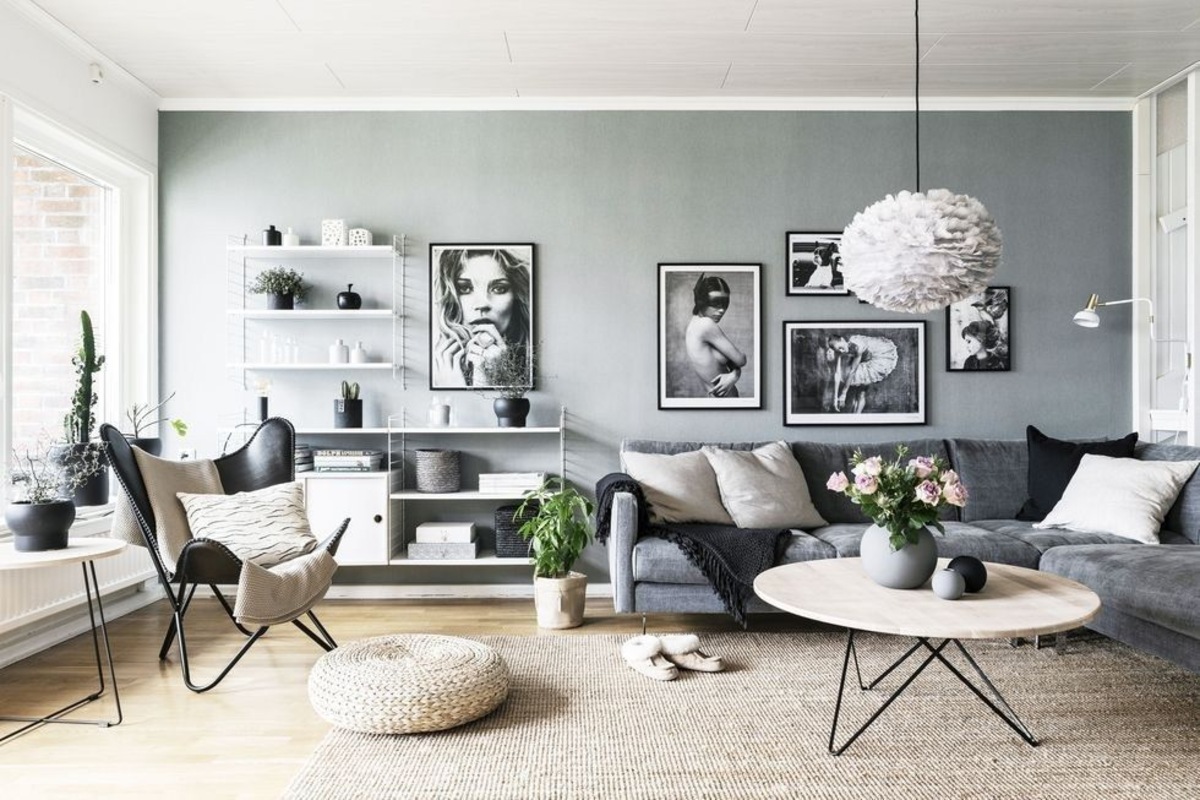
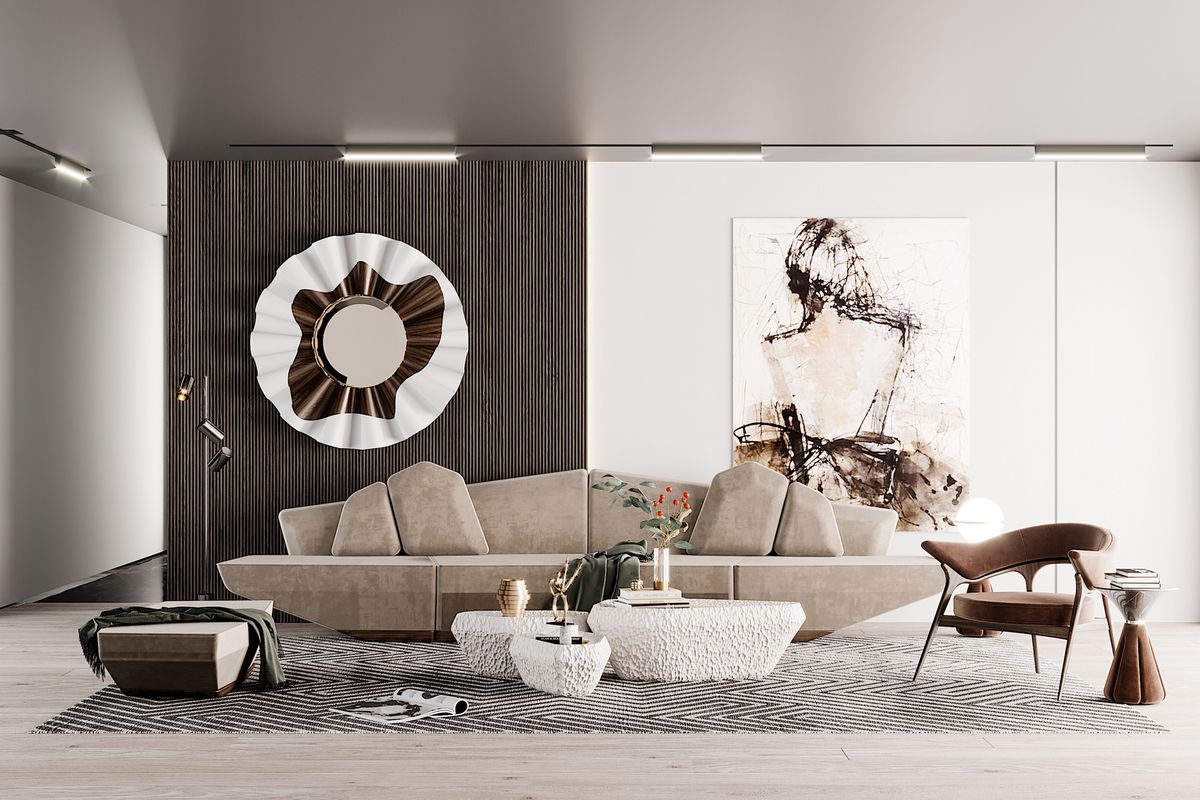
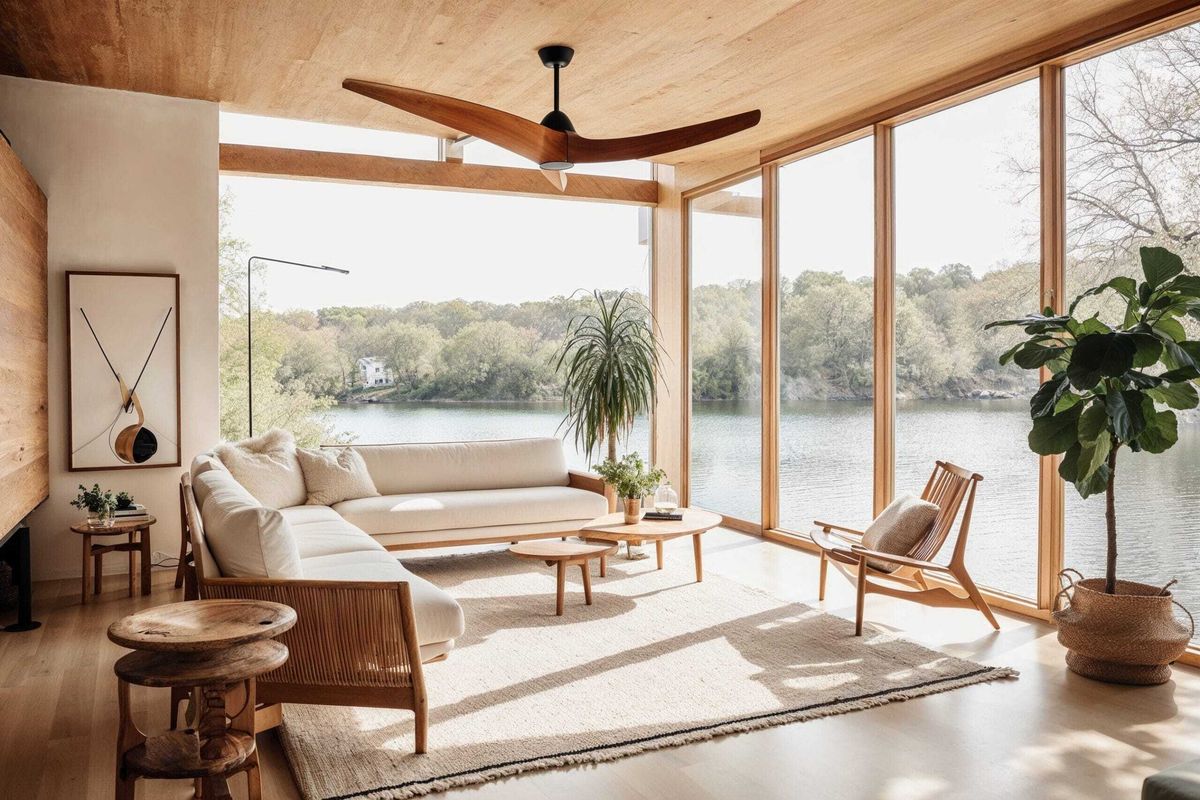
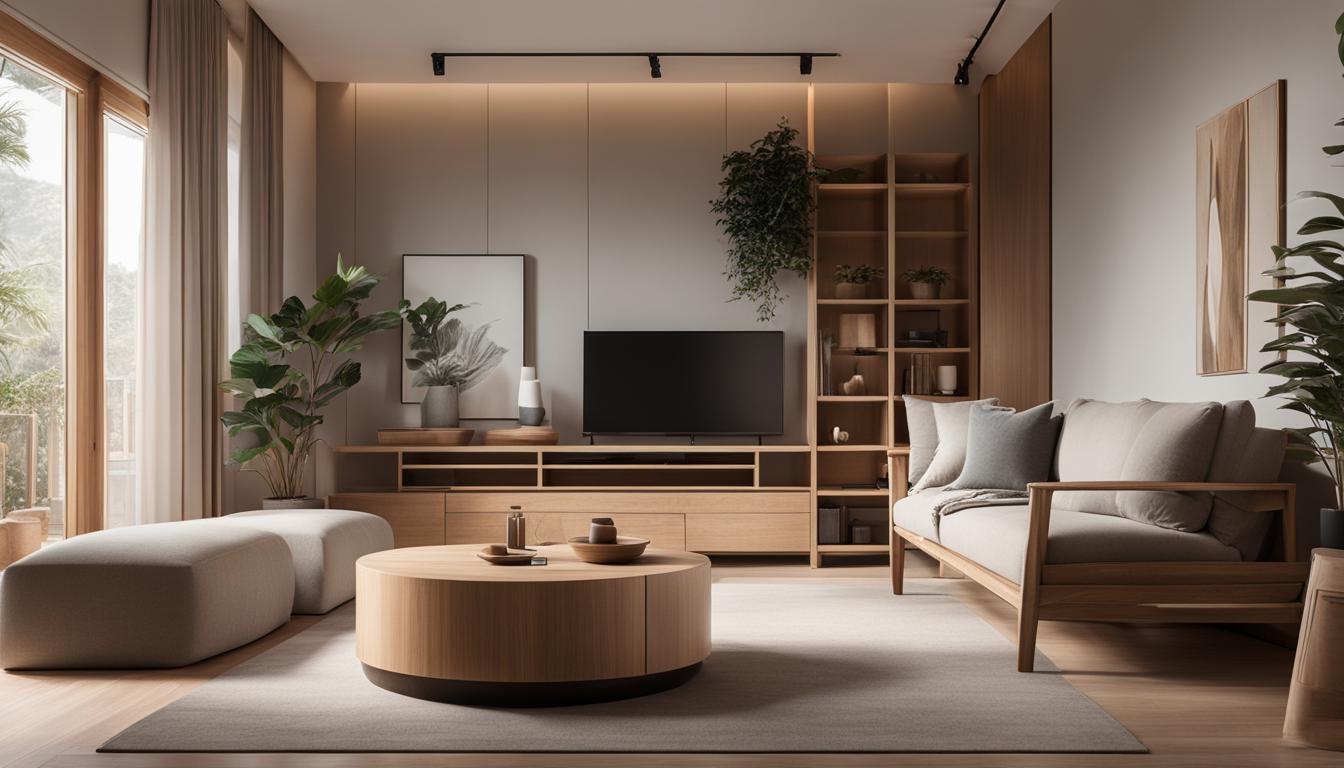
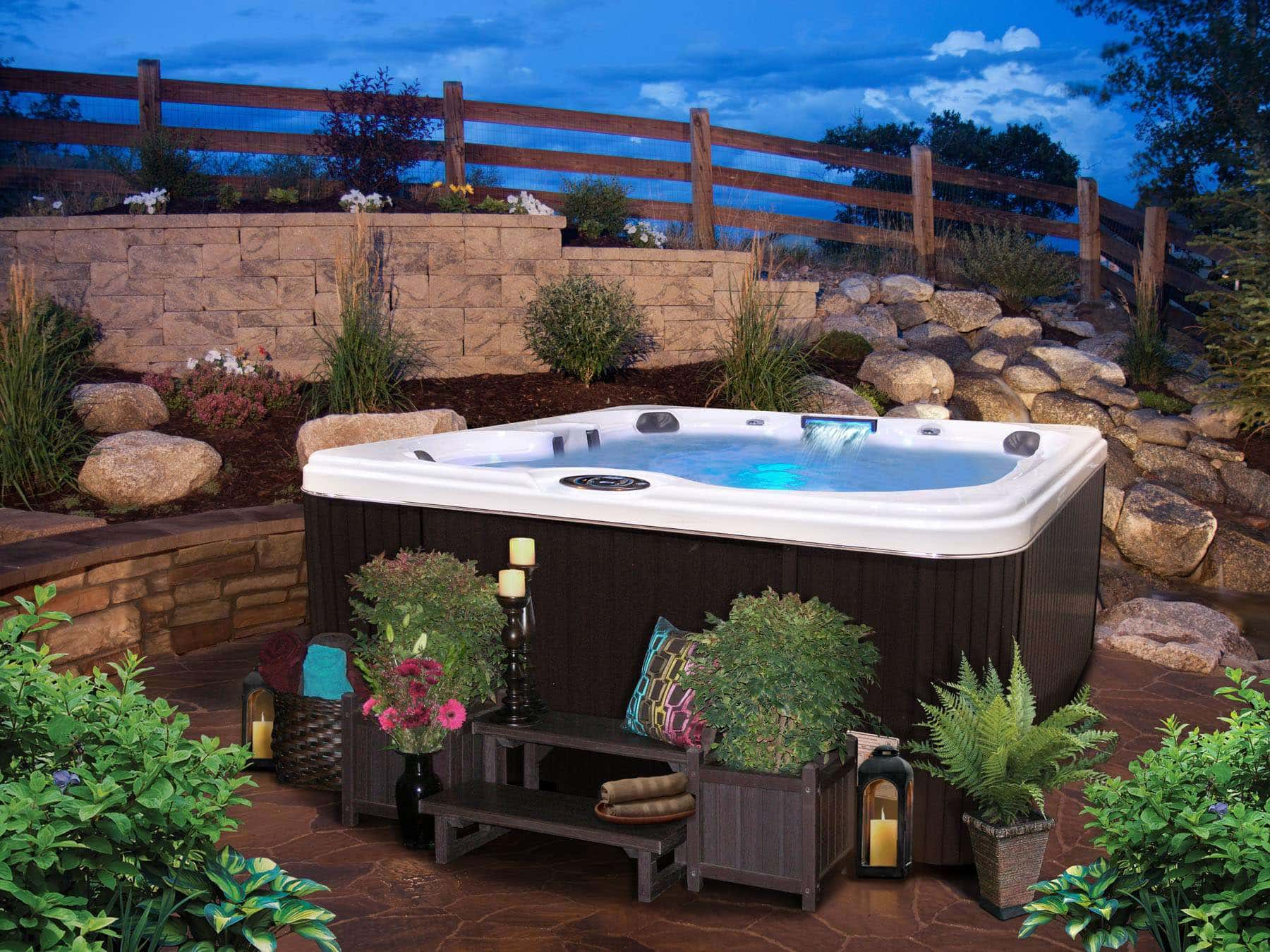
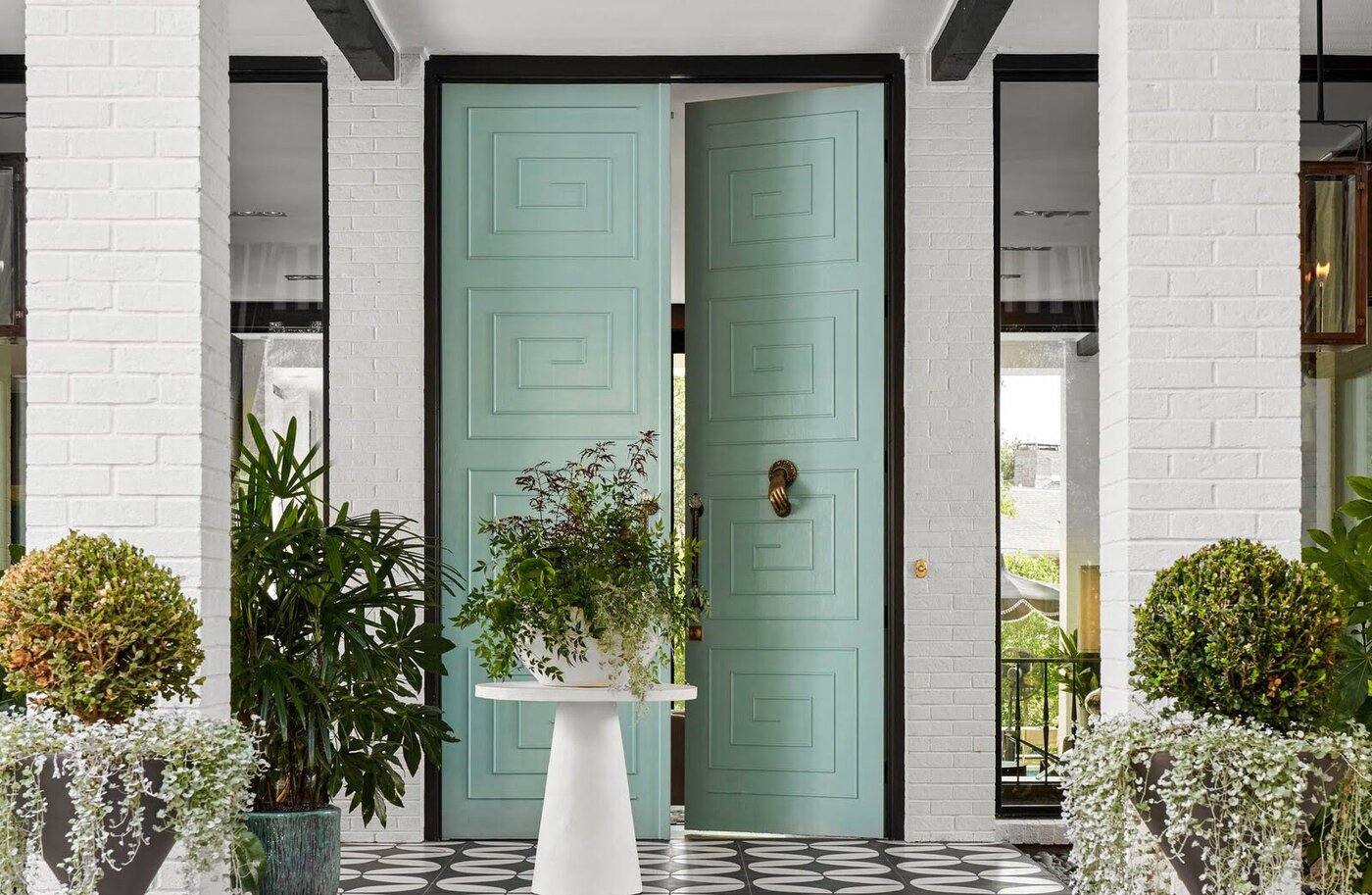
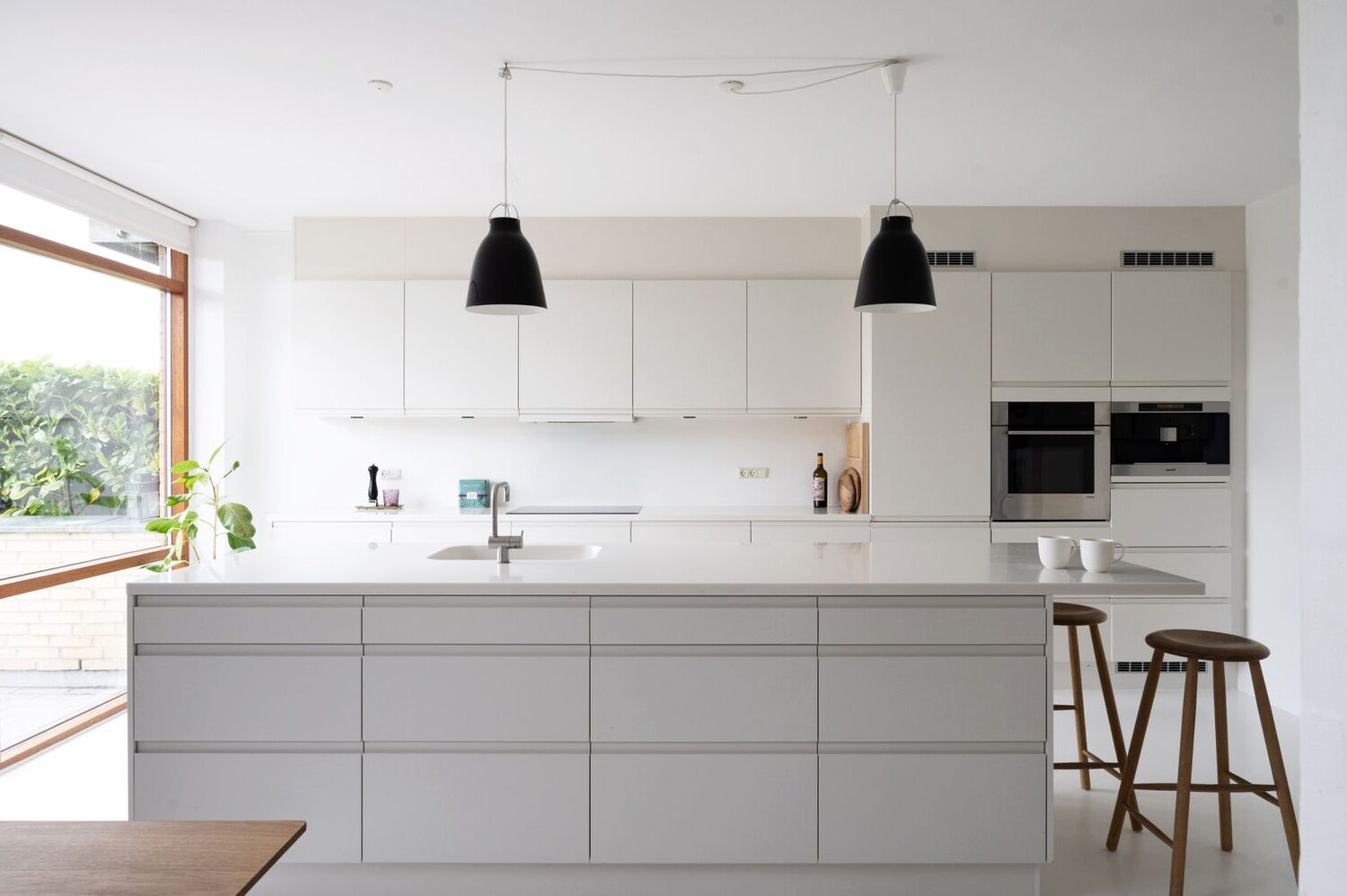
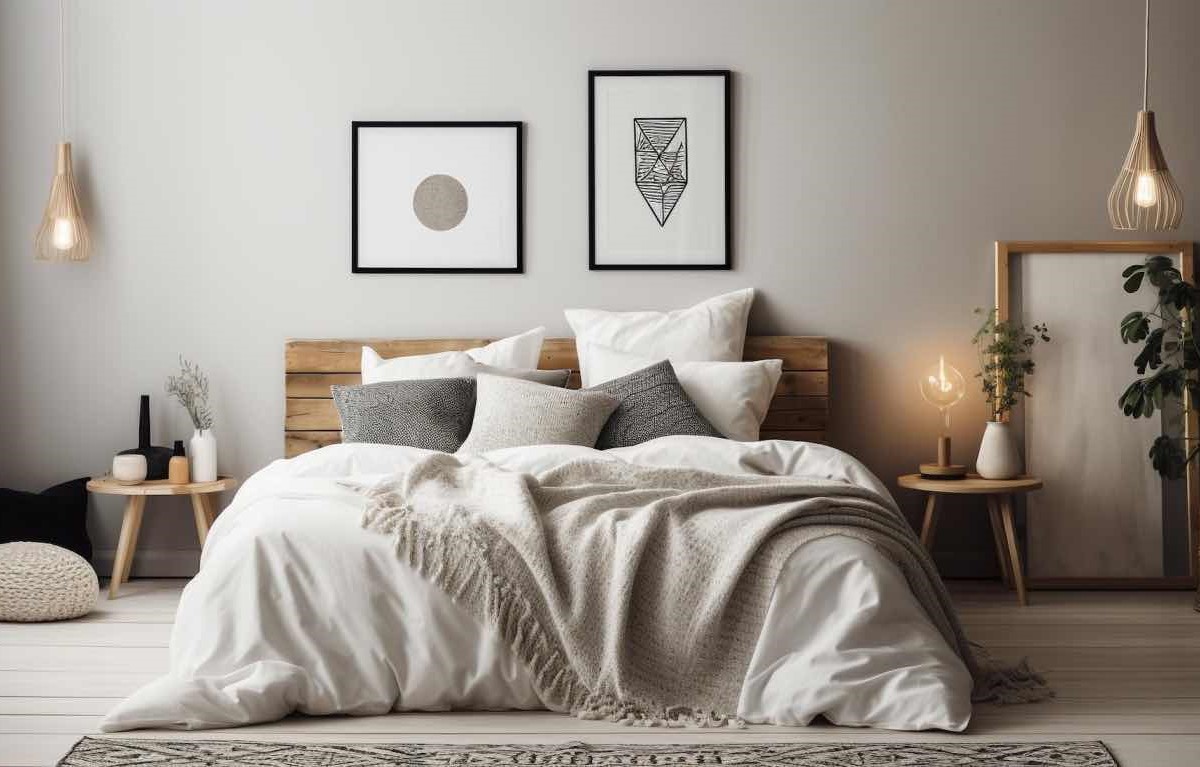

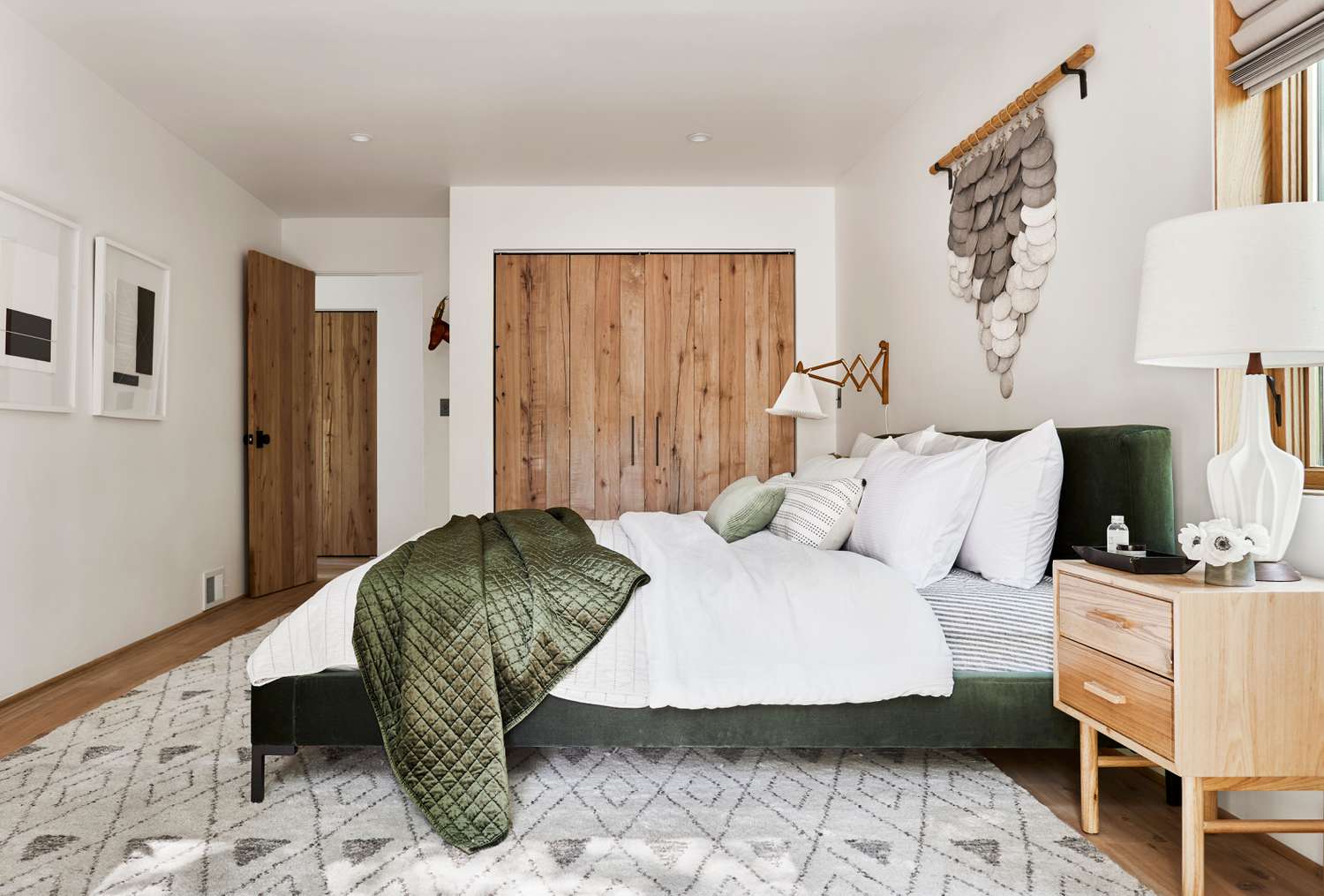
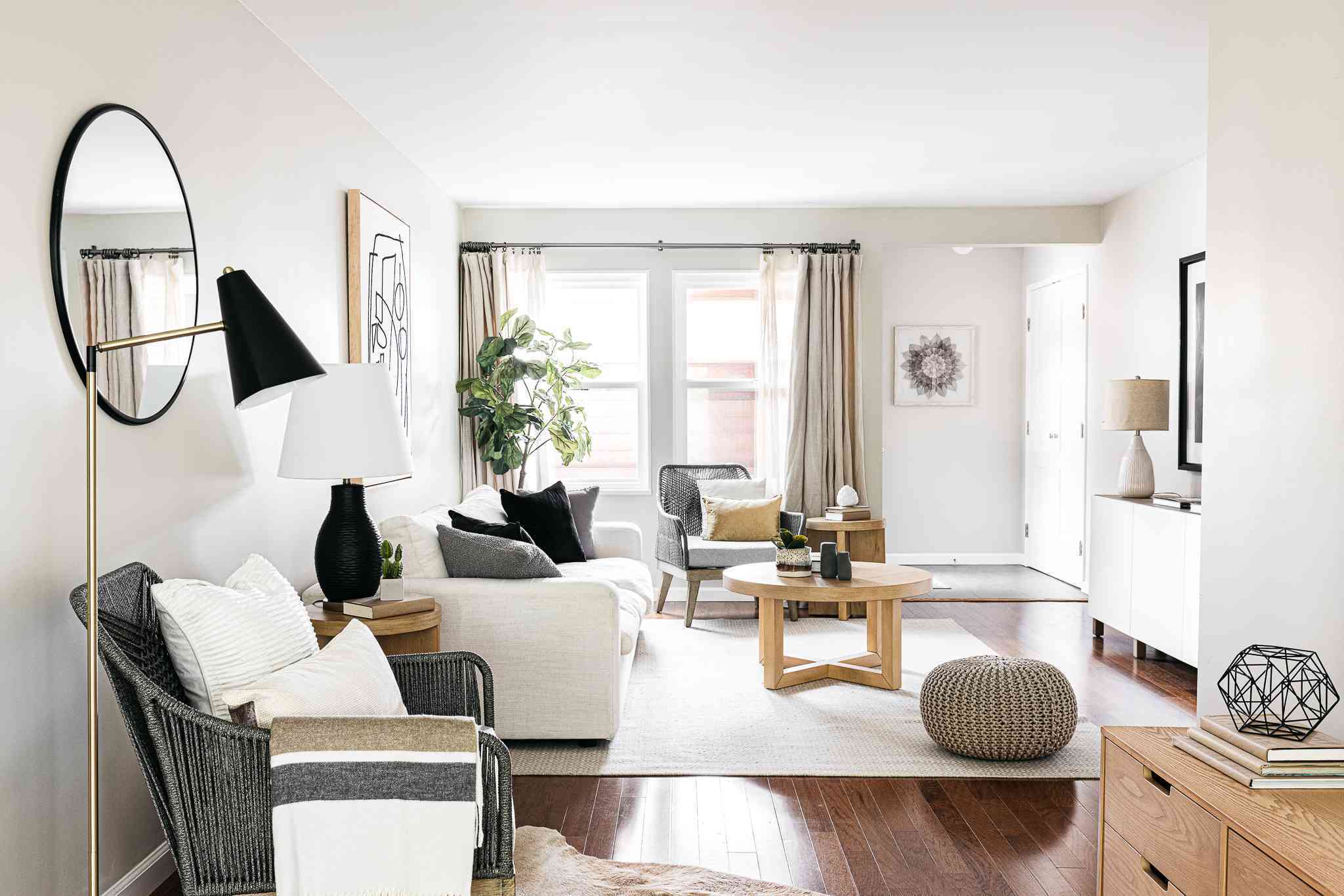



0 thoughts on “Scandinavian Decor: 10 Nordic Design Principles To Know”